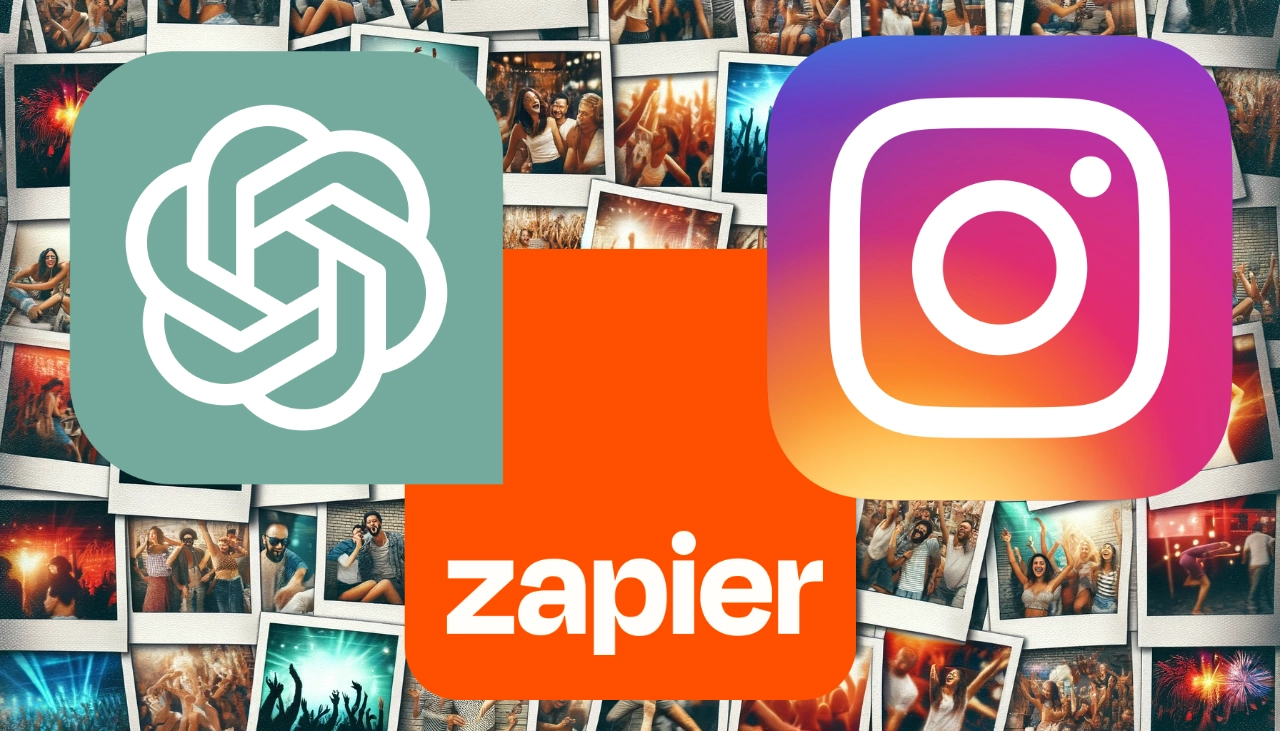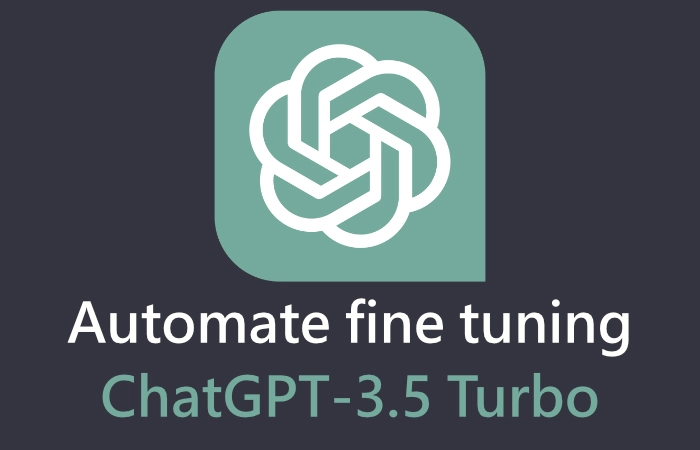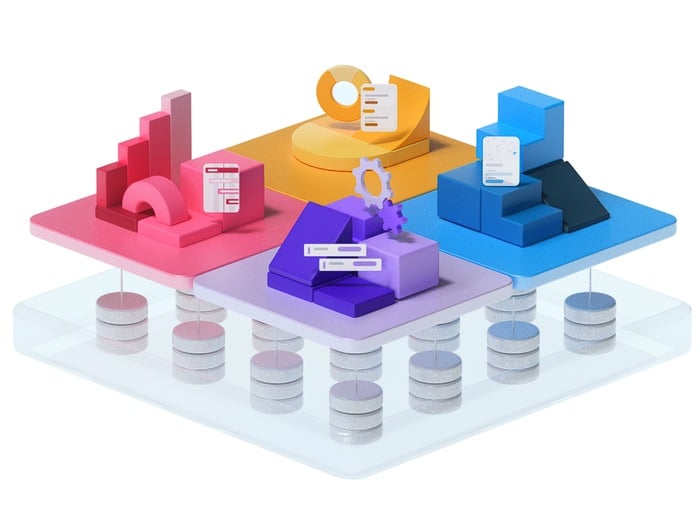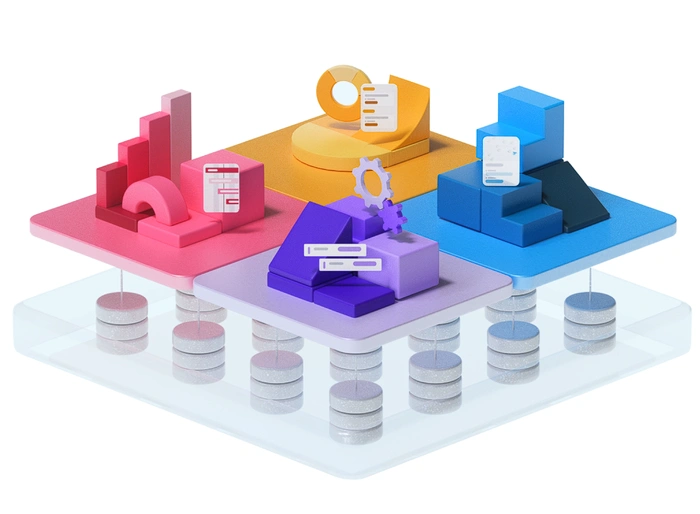[ad_1]
If you’re looking to automate more of your home cleaning setup, iRobot’s flagship Roomba Combo J9+ is on sale for $400 off. The vacuum-mop hybrid robot, which only arrived last fall, has a redesigned dock that automatically empties debris and refills the device’s mopping liquid. Usually $1,399, Wellbots has the Roomba Combo J9+ for $999 with coupon code ENGA400.
The Combo J9+, Engadget’s pick for the best vacuuming-mopping robot, has an upgraded motor and four-stage cleaning system that takes multiple pass-throughs across your carpets and floors. This version also adds dual rubber brushes for better suction and pressurized scrubbing. Its motor automatically lifts the mop pads when it reaches carpets and rugs to help keep them dry.
The robot requires minimal setup, and its new Clean Base can automatically refill the water tank, leaving you with fewer things to worry about. The base doubles as a storage unit and appearing less like a gadget’s charging station and more like living room furniture. Setup is as simple as adding water and cleaning solution to a reservoir and attaching a mop pad. Upkeep is limited to swapping mop pads and leaning the vacuum’s bristles and dust bin.
The Combo J9+ ships with Roomba’s OS 7, a new software update that streamlines more of the cleaning process. Its Dirt Detective feature remembers your home’s dirtiest areas and tackles those first on subsequent cleanings.
The software has an automated setting that saves bathrooms for last, so you don’t have to worry about tracking grime and bacteria to other parts of your home. (You can manually override that if you want it to get to the bathroom earlier.) Speaking of bathrooms, the machine includes iRobot’s Pet Owner Official Promise (P.O.O.P.), which guarantees a replacement unit if your device accidentally sweeps up pet waste.
For those who don’t mop much, Wellbots also has the standard Roomba J9+ for $300 off ($599) when you use code ENGA300. It includes all the vacuum-related features from the more expensive Combo variant, including a three-stage cleaning system, multi-surface rubber brushes and stronger suction.
Finally, the previous-generation Roomba Combo j7+ offers an older (but still high-end) vacuum-mop cleaning robot for $200 off with coupon code ENGA200. Although you lose some of the features of the newer model, it still has a 96.4 percent debris removal rate, obstacle avoidance, and a four-stage cleaning system. Its cleaning toolbox includes an edge-sweeping brush, dual multi-surface rubber brushes, power-lifting suction and the mop. The device can even return to its base when it’s full and continue emptying itself for up to 60 days, leaving you to focus on things that aren’t cleaning.
Follow @EngadgetDeals on Twitter and subscribe to the Engadget Deals newsletter for the latest tech deals and buying advice.
[ad_2]
Source Article Link















